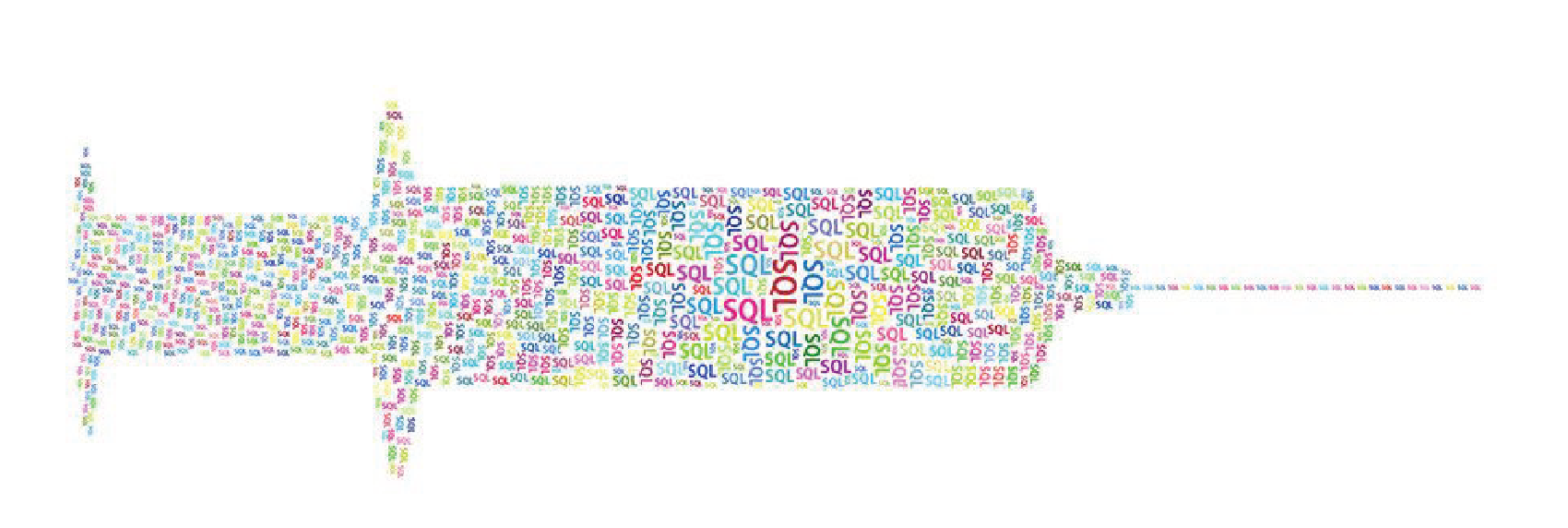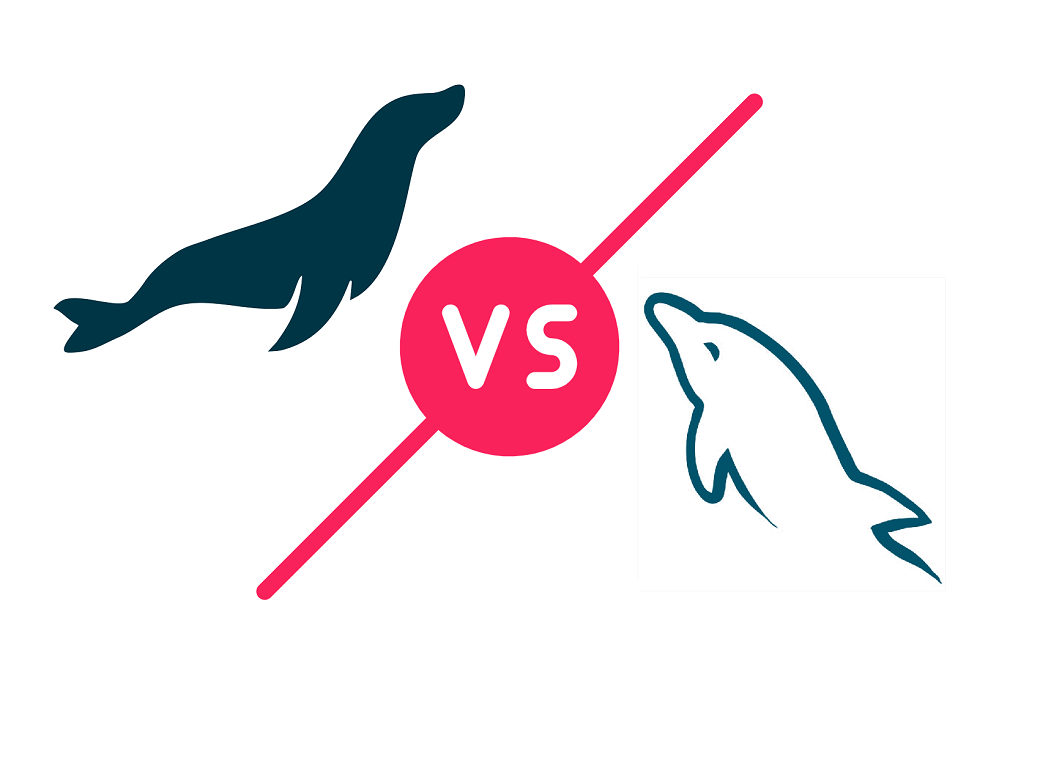NoSQL & SQL Injection Attacks in MongoDB
Understand MongoDB vulnerabilities to SQL and NoSQL injection attacks. Hint: injecting JSON code into a MEAN app! See how to protect your databases.

Injection attacks are among the most severe sorts of vulnerabilities that currently exist. SQL Injection is in the top three of the most prevalent and serious forms of online application vulnerability, according to the OWASP's top ten list. In addition, poor input sanitization (which allows for injection attacks) was ranked sixth on CWE's list of dangerous software.
You can find injection issues in various settings, but they all come from the same source. Several programming languages, including SQL and NoSQL, combine code and data into commands.
PRODUCT HIGHLIGHT: Zuar Runner extracts data from MongoDB, automates its transformation, and loads the data elsewhere for analytics.
Related Article:

Understanding SQL Injection Attacks
While the language normally uses a pair of quotes to distinguish code from data, this isn't always the case. As a result, users can have some of their data interpreted as code and executed by the computer to close the set of quotes (for example, by inserting one in their input).
Injection attacks are mostly enabled by insufficient input sanitization. For example, suppose certain hazardous characters (such as quotations) are forbidden or escaped in user-supplied input. In that case, you cannot use them to close the quotes that separate the user's input from data. On the other hand, many developers fail to sanitize user input, leaving their apps vulnerable.
SQL Injection Attacks vs. NoSQL Databases Like MongoDB
SQL injection is a well-known vulnerability. SQL is a language where users can run queries through a database and retrieve data using logical operators. Because these searches frequently involve user-supplied data, they may be vulnerable to an injection attack if the input sanitization is not completed appropriately.
SQL is not used to conduct queries in NoSQL databases; however, it does not render them immune to injection assaults. Because queries still contain user-supplied data, failing to properly sanitize this data might be hazardous.
A Brief Introduction to NoSQL
The trend to agile design techniques prompted the development of NoSQL. You must specify schemas in relational (SQL) databases ahead of time, and you cannot modify them once data has been entered. Adding additional fields necessitates a database migration to a new schema, which might take time.
NoSQL supports dynamic schema definitions. Data may be entered without a defined schema definition, allowing the database to keep up with fast, agile development cycles. Unlike relational databases, NoSQL databases can readily grow horizontally because of built-in sharding. This prevents the development team from being constrained by the hardware they have access to or manually implementing sharding.
Read more about the differences between SQL & NoSQL
Attacking NoSQL
Even though NoSQL databases such as MongoDB do not utilize SQL for queries, they perform them depending on user input. This implies that if the developer does not adequately sanitize the input, they are still exposed to injection attacks.
The language and syntax of the query are the significant differences between SQL and NoSQL injection. Using a SQL injection attack string to conduct NoSQL injection is unlikely to be effective. Even though NoSQL databases don’t have one common language, their languages' grammar is quite similar (due to the fact that they're both meant to achieve the same thing).
Web applications built on the MEAN stack are one application of NoSQL injection. MEAN apps utilize JSON to transmit data, which is the same format as MongoDB. Therefore, an injection attack against the MongoDB database may be enabled by injecting JSON code into a MEAN app.
Beyond NoSQL Injection
Web applications frequently employ MongoDB and other NoSQL databases. For example, a web page might utilize a web form to obtain a user's credentials, then store the information in a MongoDB database before executing a check using JavaScript.
Because of MongoDB's close interaction with JavaScript and other computer languages, NoSQL injection attacks may be leveraged to launch assaults at a higher level when JavaScript code is used in a where clause or given into a group function, Mongo will evaluate it. A NoSQL injection attack containing JavaScript code will be able to execute the code within that app.

Guarding Against Injection Attacks
A NoSQL injection attack is similar to SQL injection vulnerabilities in that they take advantage of sanitized user input while constructing database queries. You can help guard against SQL injections attacks by:
- Using a sanitization library like Mongoose.
- If you can't find a library for your environment, you can cast passwords and usernames to strings.
- Specifically for MongoDB, don't use group operators that require user input because they allow the attacker to inject JavaScript, making them much more harmful than others. To get more protection, set javascriptEnabled to false in mongod.conf.
- Implement tools that offer advanced scanning for SQL injections. They will let you drill down into your database setup and get automated alerts in the case that something is amiss.
- Finally, use the least-privilege model when possible: run your application using the lowest privileges you can so that, in the case of an attack, no one can gain access to your other resources.
When it comes to NoSQL databases, however, there are certain additional precautions to take. In MongoDB, for example, JavaScript evaluation may be disabled, reducing the risk of an injection attack. It's always a good idea to read the documentation and security guidelines for a particular NoSQL database.
SQL & NoSQL Injection Attacks: The Bottom Line
Because NoSQL databases are still databases, it's common to need to run queries on data given by users. To reduce an application's vulnerability to SQL injection attacks, ensure that your data gets properly sanitized before utilizing it, much as it is with SQL databases.
Serious attackers are likely to utilize considerably more complex assaults than those demonstrated here, as this is an introduction post about NoSQL Injections. Nonetheless, we expect that MEAN stack developers and NoSQL users will be aware of this type of attack and make efforts to mitigate its impact.
Next Steps
If you are in the process of integrating a MongoDB into your data strategy, Zuar can assess your current system for ways to improve efficiency and automate data processes.
Zuar specializes in data management, and offers efficient products and services that automate and transform your data performance and strategy. Learn how Zuar can automate your ETL processes, enabling clean data to flow into a single destination for analytics.
Check out Zuar's free resources to learn more about MongoDB and other databases!


